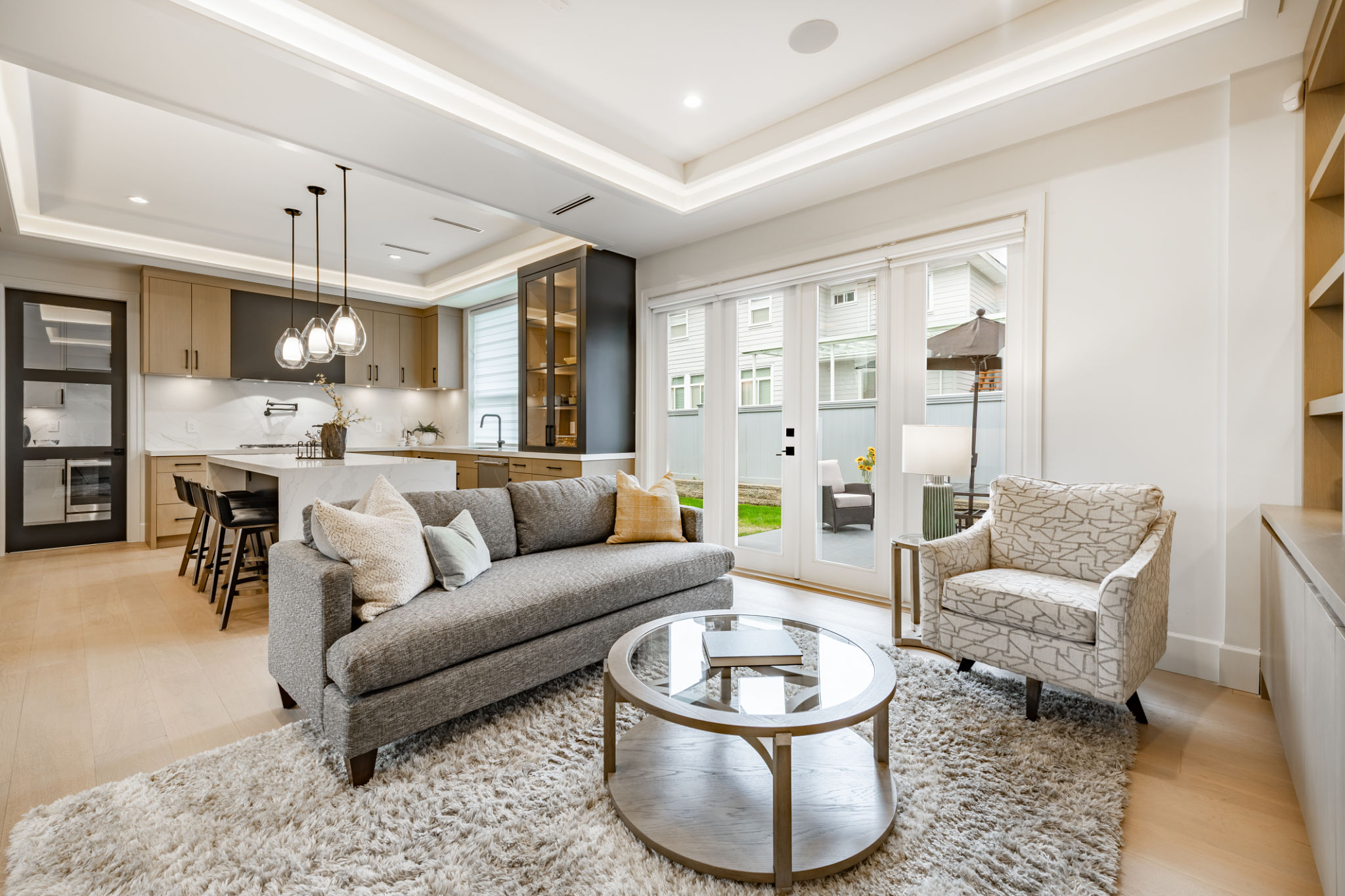Comparing Traditional vs. Modern Home Design: What Suits You Best?
Introduction to Home Design Styles
When it comes to choosing a home design, the decision often boils down to a debate between traditional and modern styles. Each style offers unique characteristics and advantages, making it important to understand what each design entails before making a choice. In this blog post, we'll explore the key differences between traditional and modern home designs to help you determine which might suit your lifestyle best.

Understanding Traditional Home Design
Traditional home design is often characterized by its classic architecture and timeless elegance. It draws inspiration from historical styles such as Colonial, Victorian, and Craftsman, featuring intricate details and ornate woodwork. Traditional homes typically have a cozy and comfortable feel, with elements like crown molding, wainscoting, and large fireplaces being common features.
Key Features of Traditional Homes
Traditional homes often include symmetrical layouts, formal living and dining rooms, and an emphasis on craftsmanship. The use of rich materials such as hardwood floors, stone, and brick is prevalent. Decorative elements like chandeliers, antique furniture, and patterned fabrics add to the overall charm.

Exploring Modern Home Design
In contrast, modern home design is known for its simplicity and minimalism. It emphasizes open spaces, clean lines, and functional forms. Inspired by the modernist movement of the early to mid-20th century, this style prioritizes functionality without foregoing aesthetics.
Key Features of Modern Homes
Modern homes often feature open floor plans that create fluidity between spaces. Large windows are common, allowing for ample natural light and a connection to the outdoors. The use of industrial materials like steel, glass, and concrete is widespread. Furniture tends to be sleek and functional with an emphasis on horizontal lines.

Comparing Aesthetics and Functionality
The choice between traditional and modern design largely depends on your aesthetic preferences and how you plan to use your space. If you appreciate historical details and craftsmanship, traditional design might appeal to you. Conversely, if you prefer a clutter-free environment with a focus on efficiency, modern design could be more suitable.
Personalizing Your Space
No matter which style you choose, personalizing your space is essential. Mixing elements from both traditional and modern designs can create a unique blend that reflects your personality. Consider incorporating antique pieces into a modern space for an eclectic look or adding contemporary art into a traditional setting for a fresh twist.
Conclusion: Making Your Decision
Ultimately, the best home design style for you is one that aligns with your personal taste and lifestyle needs. Consider what aspects of each style resonate with you and how they fit into your vision of a perfect home. Whether you lean towards the warmth of traditional design or the sleekness of modern aesthetics, your home should be a reflection of who you are.
Take the time to explore different styles, gather inspiration from various sources, and consult with design professionals if needed. In the end, creating a space that feels like home is all about finding the right balance between functionality and personal expression.
